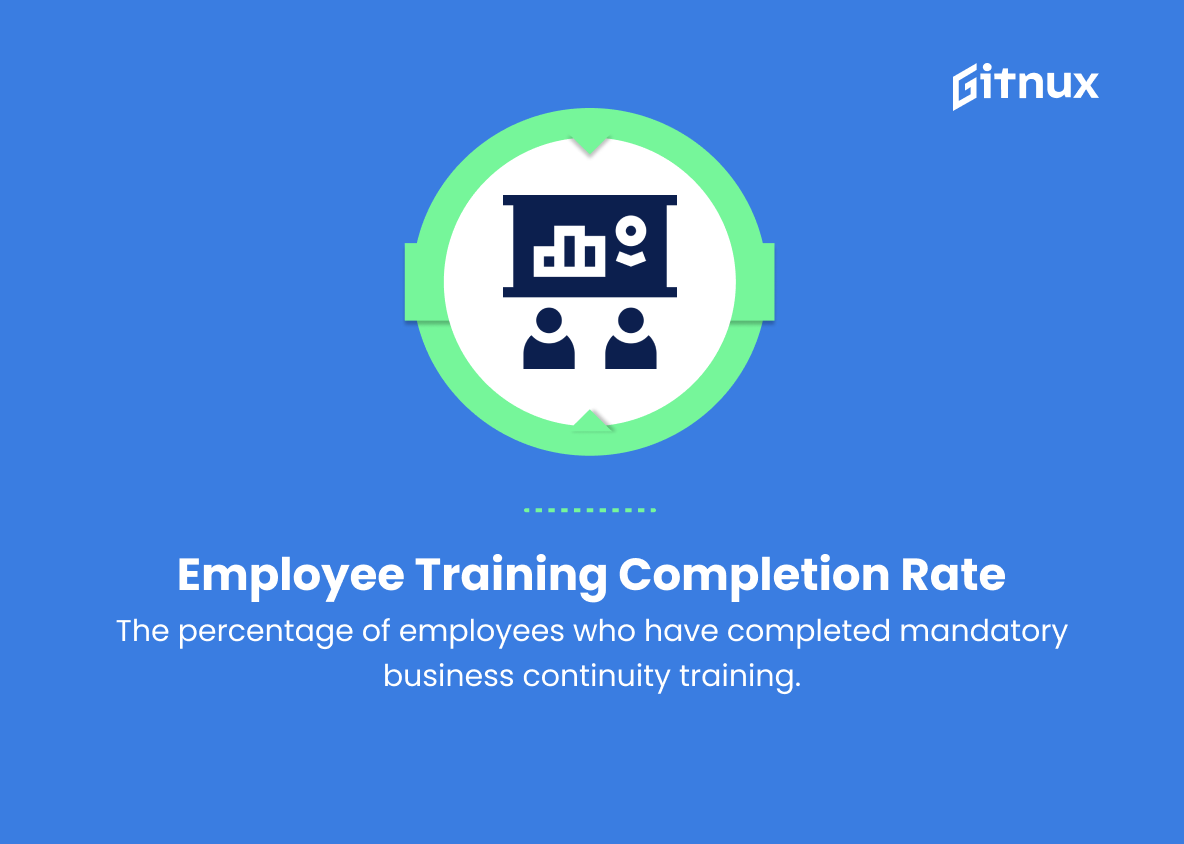In today’s fast-paced and ever-evolving business landscape, organizations face numerous challenges in maintaining and optimizing their operations. One critical aspect that often goes unaddressed is the concept of business continuity – the ability to rapidly adapt and respond to disruptions, ensuring the long-term survival and success of an enterprise. Business continuity metrics, the focus of this blog post, provide organizations with the essential tools to assess their preparedness for unforeseen events, and to measure their current resilience to minimize associated risks.
Through a thorough analysis of these metrics, decision-makers can develop effective strategies to safeguard their operations, protect their revenue streams, and preserve their market reputation – ultimately preserving the very foundation of their business. Join us as we delve into the world of business continuity metrics and explore their importance, various measurement approaches, and best practices for implementation to ensure the ongoing stability and growth of your organization.
Business Continuity Metrics You Should Know
1. Recovery Time Objective (RTO)
The maximum acceptable time it takes to restore a business process or system after a disruption.
2. Recovery Point Objective (RPO)
The maximum acceptable amount of data loss, measured in time, that a business can tolerate.
3. Maximum Tolerable Downtime (MTD)
The longest period of time a business can tolerate before a disruption leads to significant loss or damage.
4. Incident Response Time (IRT)
The time taken to identify, assess, and respond to a business disruption.
5. Mean Time to Recovery (MTTR)
The average time it takes to restore operations to normal after a disruption.
6. Business Impact Analysis (BIA) scores
Quantitative and qualitative assessments that evaluate the potential impact of various threats and disruptions on critical business functions.
7. Recovery Percentage
The degree to which a business is able to restore its critical functions and processes following a disruption.
8. Recovery Test Success Rate
The proportion of successful recovery tests conducted as part of a business continuity plan.
9. Employee Training Completion Rate
The percentage of employees who have completed mandatory business continuity training.
10. Plan Update Frequency
The frequency at which the business continuity plan is reviewed and updated to reflect changes in internal and external factors.
11. Business Continuity Plan (BCP) Compliance Rate
The percentage of compliance with organizational BCP policies and procedures.
12. Mean Time Between Failures (MTBF)
The average time between system failures or disruptions that impact business operations.
13. Service Level Agreement (SLA) Compliance
The percentage of time that a given service or system meets predefined performance criteria, as specified in the SLA.
14. Downtime Cost
The financial impact of downtime, measured in lost revenue, productivity loss and costs associated with recovering from a disruption or other potential penalties.
15. Time-to-Escalation
The time taken for an issue or disruption to be escalated to the appropriate level of management or external support.
By tracking and continuously improving these metrics, organizations can enhance their business continuity and minimize the impact of disruptions.
Business Continuity Metrics Explained
Business Continuity Metrics provide essential insight into an organization’s ability to withstand and recover from disruptions while ensuring minimal impact on critical business functions. Recovery Time Objective (RTO) measures the time required to restore operations after a disruption, while Recovery Point Objective (RPO) evaluates the acceptable level of data loss a business can tolerate. Maximum Tolerable Downtime (MTD) identifies the maximum allowable period of disruption before substantial damage occurs, and Incident Response Time (IRT) measures the efficiency of response to disruptions.
Mean Time to Recovery (MTTR) calculates the average time spent in restoring operations, and Business Impact Analysis (BIA) scores assess the potential impact of threats on critical business functions. Recovery Percentage and Recovery Test Success Rate reveal the effectiveness of recovery plans, while Employee Training Completion Rate and Plan Update Frequency emphasize the importance of continuous improvement and adaptation.
Compliance rates, such as Business Continuity Plan (BCP) Compliance Rate and Mean Time Between Failures (MTBF), ensure adherence to established policies and procedures. Service Level Agreement (SLA) Compliance tracks whether the organization meets predefined performance criteria, and Downtime Cost evaluates the financial repercussions of disruptions. Time-to-Escalation measures the efficiency of escalation processes during an incident. By closely monitoring and optimizing these metrics, organizations can strengthen their business continuity planning and minimize the impact of potential disruptions.
Conclusion
In a world where uncertainties and disruptions have become the norm, business continuity metrics play a pivotal role in securing an organization’s survival and long-term success. By effectively measuring, monitoring, and adapting to key performance indicators, businesses can proactively identify potential weaknesses and mitigate risks. It is essential to employ a comprehensive approach, taking into account a variety of metrics spanning from recovery time objectives to employee preparedness. As businesses look to future-proof their operations and ensure continuous growth, investing in a robust business continuity framework supported by a well-defined set of metrics should be among their top priorities.















